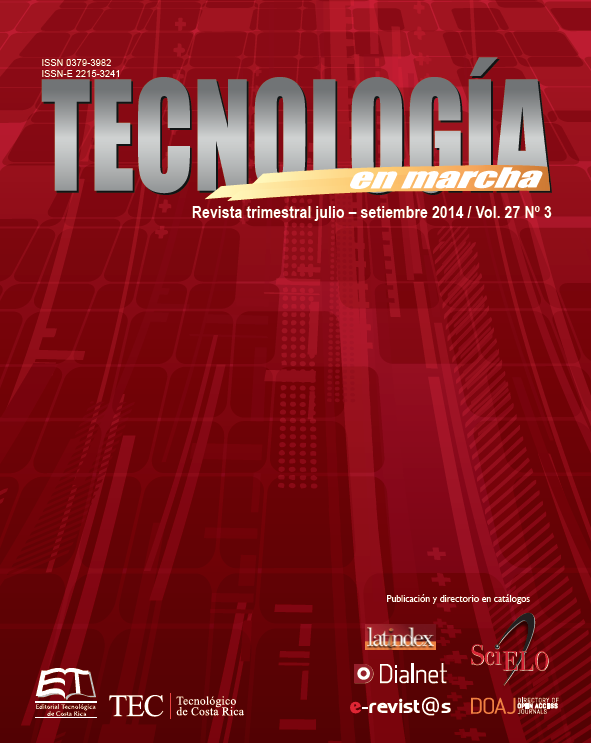Solid waste generation and composition study in Guácimo, Costa Rica
Main Article Content
Abstract
The Guacimo municipality is located in the pro-vince of Limón. They do not have composition and generation rates per capita studies, because of that they can not to plain adequacy their activities. We determinate the generation rates per capita and the percentage composition of solid waste materials according the Costa Rican law.
We use the document of composition and generation studies, the data was analyzed using statistics, we determinate the generation index according the social economic status, and quantify the different kinds of materials that was produces in the place.
The results are useful for the investment planning, elaborates the collection routes according the real communitarian necessities, identify the better options for improve their environmental actions, improve the cover percentage because in this moments its around 65 %, identify the environmental education actions for decrease the generation of solid waste, and promotes selective solid waste classifies from houses, promotes the creation of recycle centers and design the strategies for selective solid waste collection.
We find for urban sector generation an index ave-raged 0,55 ± 0,1 kg / person / day, the percentage distribution of solid waste was 35% of potential recycle materials, 45% biodegradable and 20 % of materials for disposition in landfill. While the commercial sector, the potential recycle materials were 65%, for biodegradable materials 15% and 20% of dumped material.
The authors pretend that this information allows, the rational and sustainable economic use for determine the personnel and the resources of the municipality, for improve the environmental situation in the area.
Article Details
Los autores conservan los derechos de autor y ceden a la revista el derecho de la primera publicación y pueda editarlo, reproducirlo, distribuirlo, exhibirlo y comunicarlo en el país y en el extranjero mediante medios impresos y electrónicos. Asimismo, asumen el compromiso sobre cualquier litigio o reclamación relacionada con derechos de propiedad intelectual, exonerando de responsabilidad a la Editorial Tecnológica de Costa Rica. Además, se establece que los autores pueden realizar otros acuerdos contractuales independientes y adicionales para la distribución no exclusiva de la versión del artículo publicado en esta revista (p. ej., incluirlo en un repositorio institucional o publicarlo en un libro) siempre que indiquen claramente que el trabajo se publicó por primera vez en esta revista.

